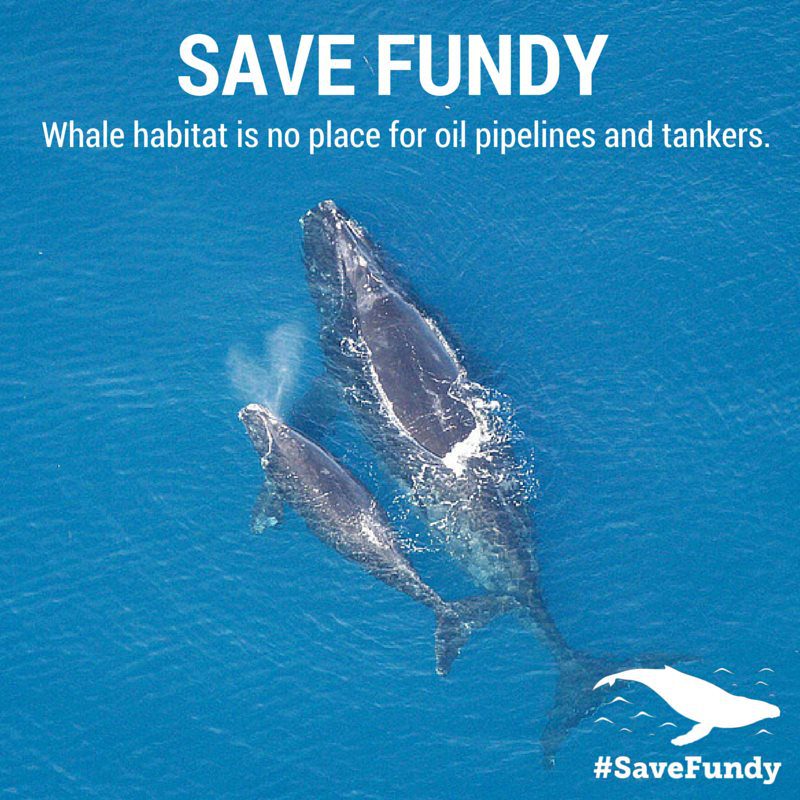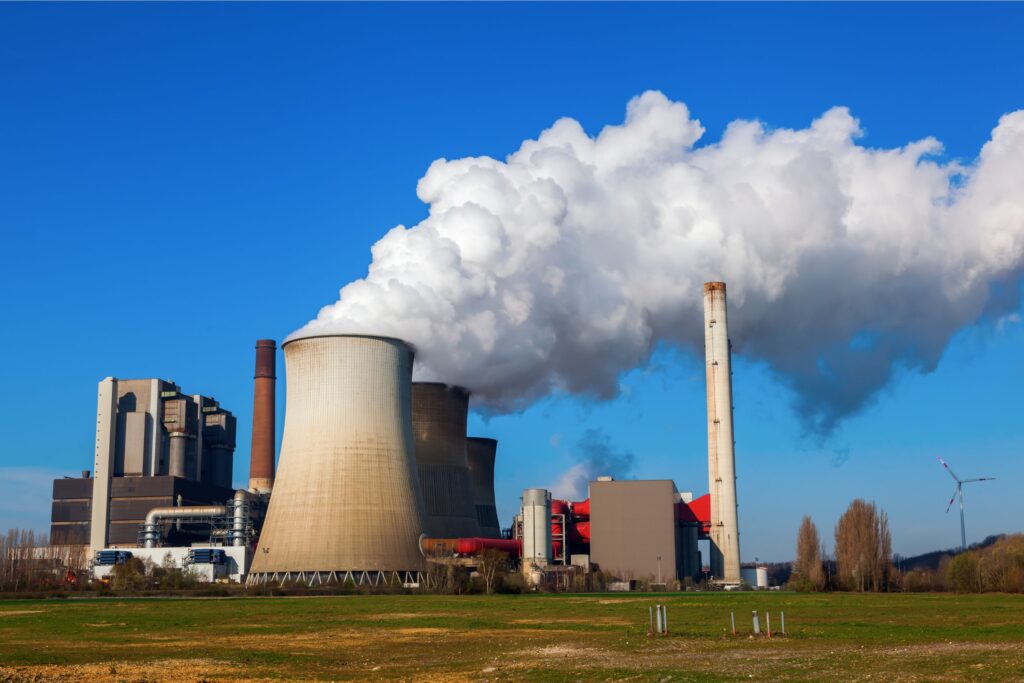

Take action today to protect Canada’s iconic Bay of Fundy from Energy East.
Millions of Canadians have a special place in their hearts for the Bay of Fundy. It’s a place that needs our protection.
Fundy is a large bay on the Atlantic Ocean bounded by the provinces of New Brunswick, Nova Scotia and the U.S. state of Maine. The bay’s beautiful rocky coastline consists of over 270 kilometers of islands, fishing villages, cliffs and beaches, and major provincial and national parks. It’s a natural treasure visited by more than a million Canadians from outside New Brunswick each year.
The Bay of Fundy has the highest tides in the world, in some places over 55 feet high. Every six hours, over 160 billion tonnes of seawater funnels in or out of the bay, more water than the volume of all of the world’s freshwater rivers combined. The nutrients and cold water circulated by these tides are the secret to Fundy’s extremely active and diverse marine ecosystem that includes twelve species of marine mammals. Whales like Minke, Humpback, Fin and highly threatened north Atlantic right whales use the bay as a feeding ground, nursery and play area.
Fundy’s ecosystem also supports a globally significant bird habitat that acts as staging, nesting or breeding grounds for more than 500,000 birds every year.
But all of this is at risk now from the Energy East pipeline and tanker proposal. The vast majority of the oil travelling on Energy East would be for export to the U.S., Europe and Asia. If Energy East is built, the Bay of Fundy will be plowed by an estimated 290 massive oil tankers every single year. Just one of these super tankers can hold over 2 million barrels of oil. The noise and risk of ship or propeller strikes alone is a serious threat to whales living in the Bay.
An oil spill into Fundy’s massive tidal currents would be disastrous. Oil could be carried great distances and quickly pollute vast stretches of coastline. Cleanup would be complicated and potentially impossible, especially with frequent fog and stormy weather.
Oil spilled into the Bay of Fundy wouldn’t just cause lasting damage to its ecosystem. A spill would also devastate two of the region’s most important industries – fishing and tourism.
Over 5,000 jobs in New Brunswick alone are linked to the fishing industry that is the lifeblood of small villages dotting the coastline. The tar sands oil that would be carried by Energy East has been shown to sink and form tar balls when spilled in seawater, creating long-term damage to bottom-feeding lobsters and scallops. This nightmare scenario became reality for the shrimp and shellfish industry in the Gulf of Mexico, still devastated by the BP oil disaster five years later.
Also at risk from a spill would be the local tourism industry. In New Brunswick alone tourism contributes $700 million to the provincial GDP annually, employing over 30,000 people. Tourists enjoy Fundy’s pristine natural coastlines, unique fishing villages and culture and activities like whale watching. Protecting these sustainable jobs should take priority over short-sighted schemes to export dirty oil.
We recently launched a new initiative to help protect the Bay of Fundy from the Energy East pipeline and tanker proposal. In 2016, let’s take it to the next level.
Take action and share with your friends. Together we can Save Fundy.







